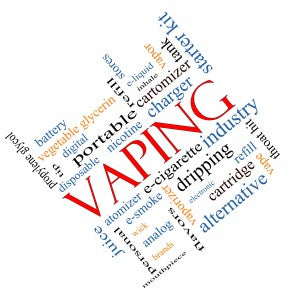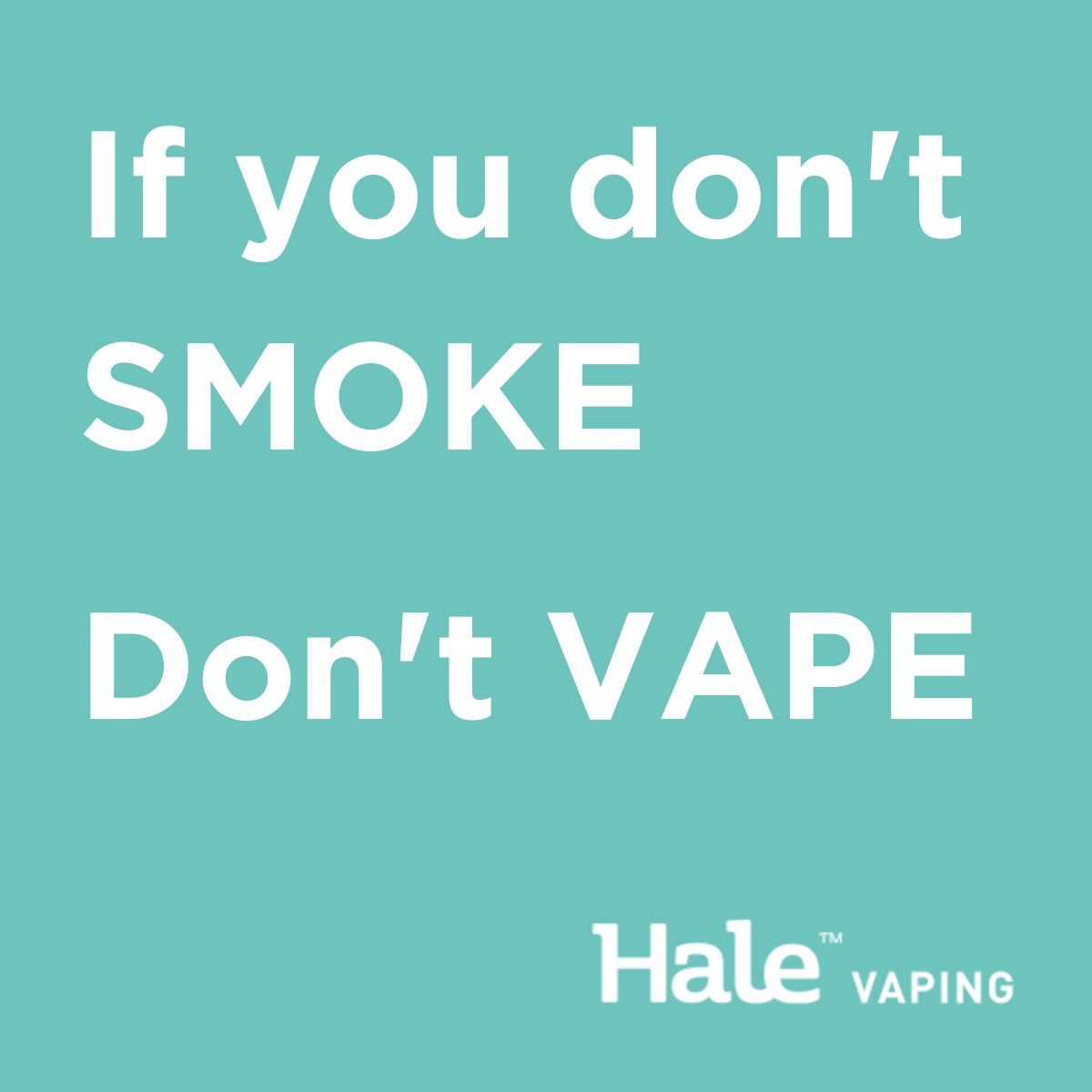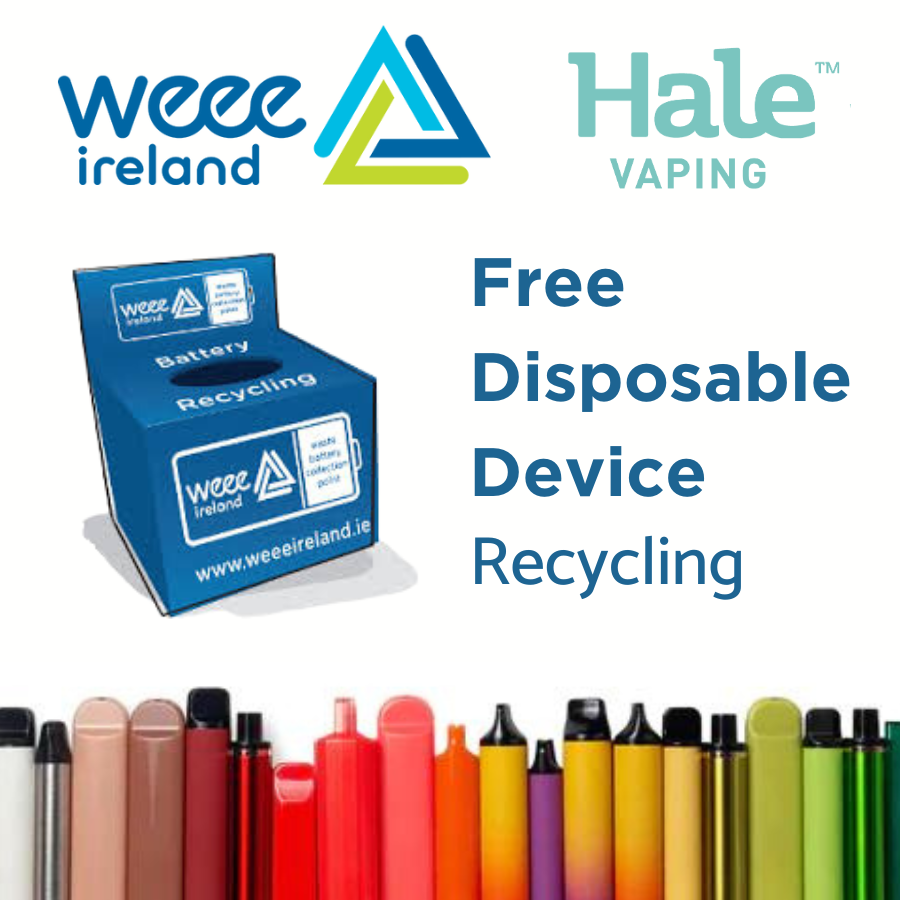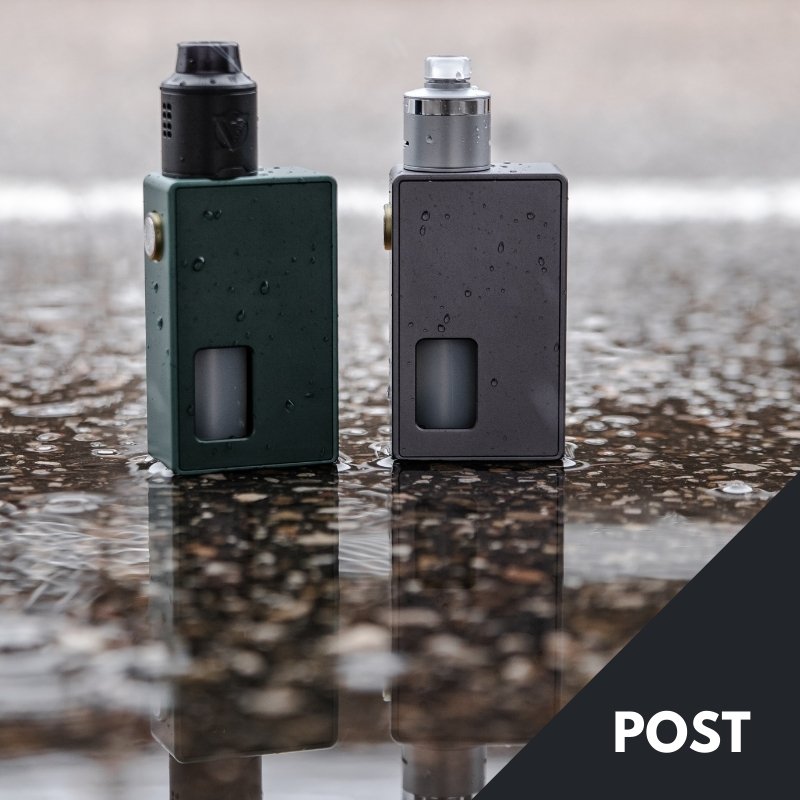Good news for the thousands of Irish people who have switched from smoking to vaping, as RTE reported this week : “The Department of Health will not extend the smoking ban to include vaping devices.”
This is good news on two levels. On the one hand, everyday vaping will – of course – be easier. But it’s also important on another level; it’s one more step towards social acceptance of vaping.
“RTÉ Prime Time has learned that the Department has examined whether to include the growing sector in the workplace smoking ban,” the story continues, “but was not able to do so because the evidence of the harm caused by e-cigarettes was not strong enough.
House rules
“It will be up to individual premises and business owners whether they allow the use of e-cigarettes or not.”
This new ruling won’t be without limitations, and we at VIP welcome the scrutiny that it will bring. For example, the story reports that: “All contents will have to be listed and new products will have to be submitted to the authorities six months in advance of the launch.”
However, we believe that certain parts of the European Tobacco Directive are not in the consumers’ best interests. To those unfamiliar with the industry the following line may seem innocuous but it has significant implications on how those who already enjoy vaping:
“These rules mean that for the first time, nicotine strength will be limited, while the size of bottles will be capped at 10ml.”
Limiting liquid sizes is not an effective method of regulating vaping paraphernalia. In other industries, consumers are presented with packaging and labelling on hazardous products (such as cleaning products) that follow standards. Manufacturers don’t start selling bleach, for example, in smaller bottles because the contents are known to be harmful.

Another problematic element of the regulation, is the part that seeks to limit the strength of nicotine liquids to 20mg/ml. Approximately 25-30% of consumers use liquids stronger than this. They may be more detrimental for more heavily dependent smokers than those just switching. This quantity threshold is arbitrary and pointless. Ultimately it creates a black market for higher doses.
As we informed our readers in August , Public Health England, one of the most influential public health bodies, stated that e-cigarettes were at least 95% less harmful than smoking tobacco and recommended that they be considered as part of a programme to eliminate tobacco smoking.
The new regulations relating to the European Tobacco directive will come into force in May 2016.
What will change?
So what does all of this mean for people who enjoy to vape daily? You might see some vaping establishments close as license laws change, but with more lenient rules overall, we suspect there will be a net increase overall in specialty vaping cafes and shops.
Also, since it will be up to the establishment (bars, restaurants, venues and so on) to allow or prohibit vaping, expect to be allowed to vape in more and more places as it becomes more socially acceptable. Workplace vaping will be at your employer’s discretion, but we suspect it will lead to vaping areas, as opposed to vaping at your desk.
As always, whichever side of May 2016 you’re on, vaping etiquette still applies: We suggest that you always ask before you vape (whether in a friend’s house or a public place). Some establishments allow it indoors for now, but many public bodies prohibit it on their premises, including anywhere belonging to the Department of Health (hospitals, hospices and so on). Vaping on public transport is also still prohibited for the time being.
We believe that a smoker who has just made the decision to leave these types of areas should not be forced back into them because they vape, they should be allowed to use them and if they have to vape outside then there should be a vaping area and not put the ex-smokers back to the place they just fought so hard to leave.







